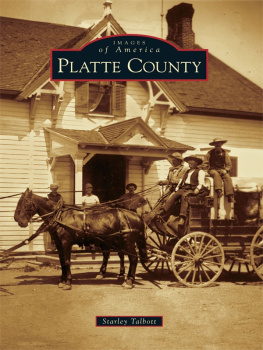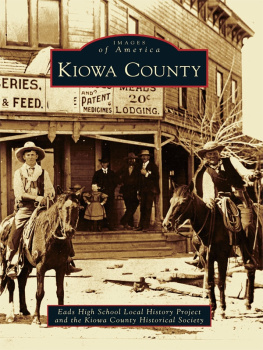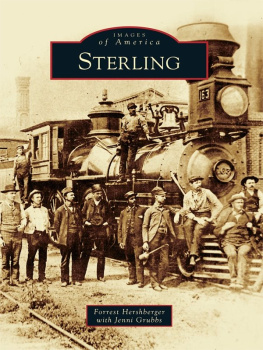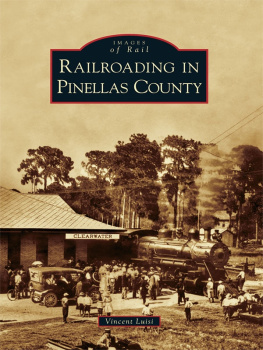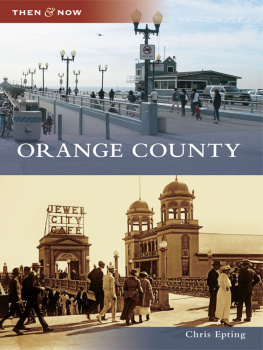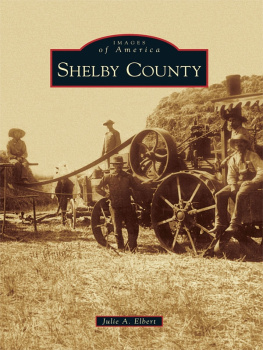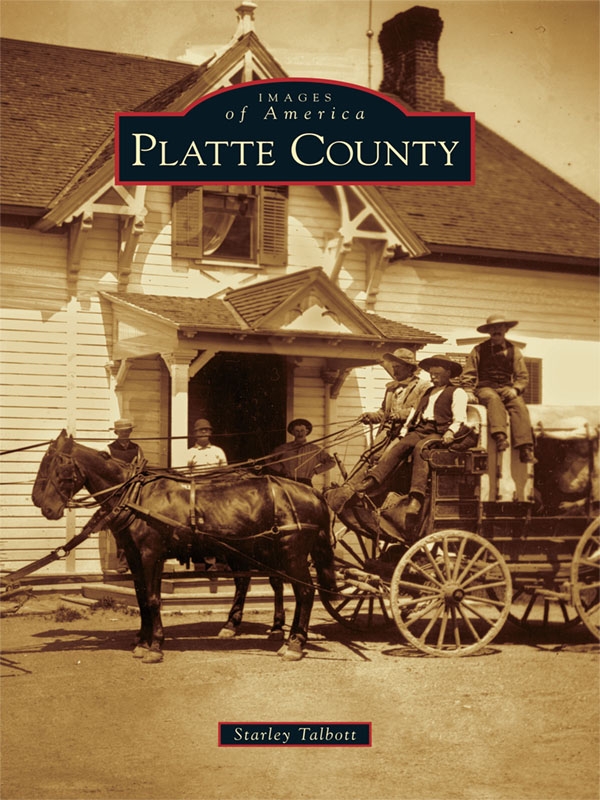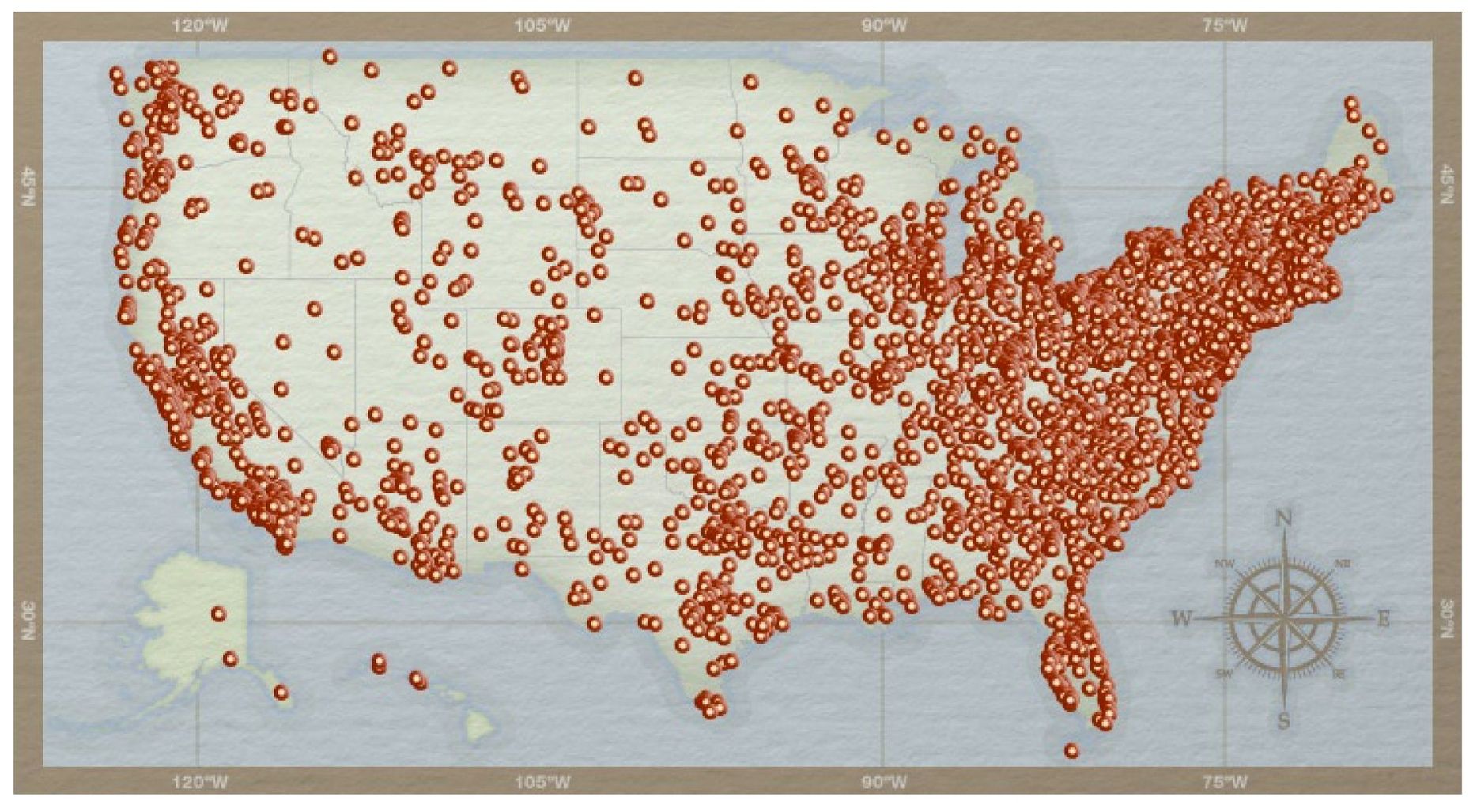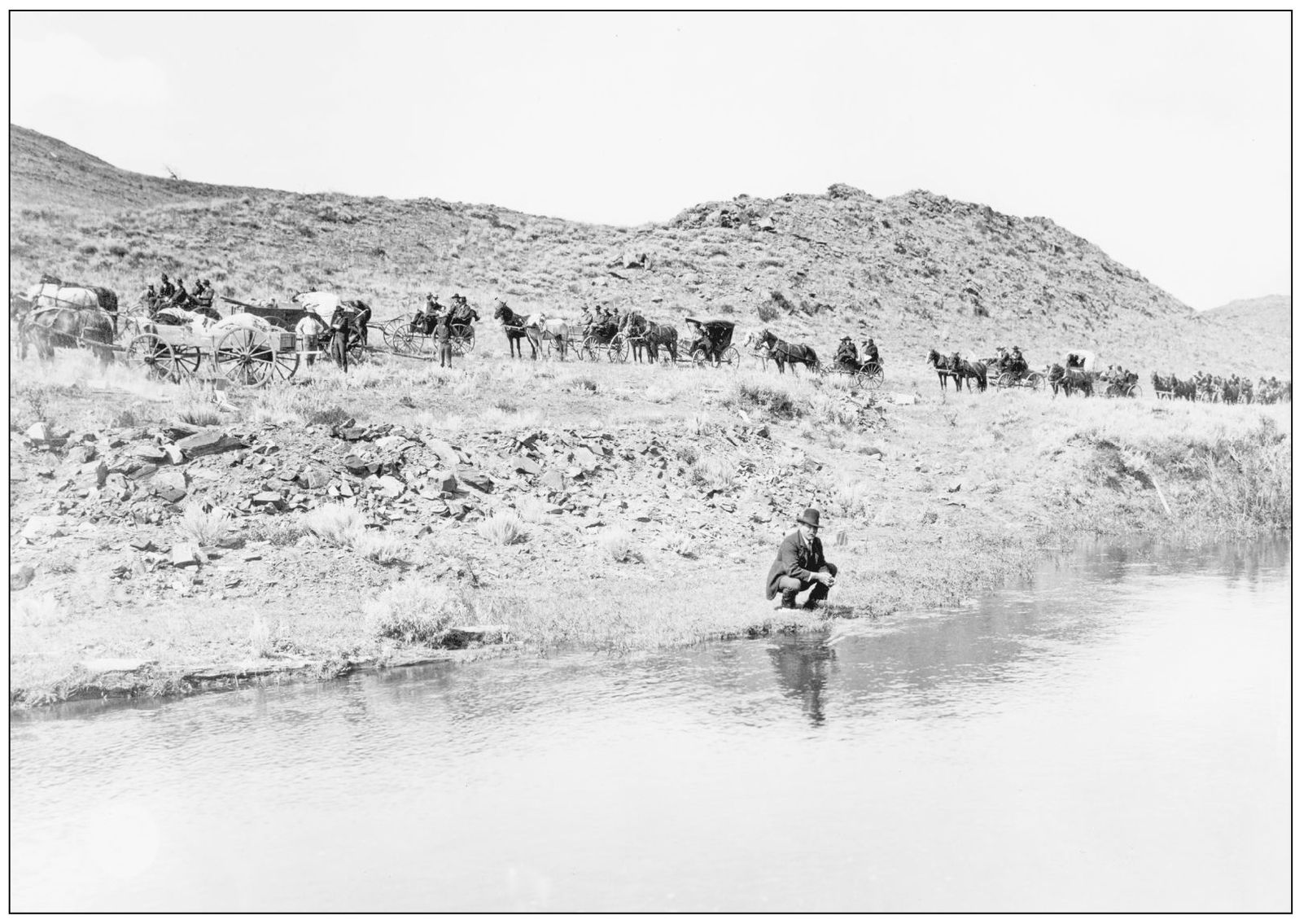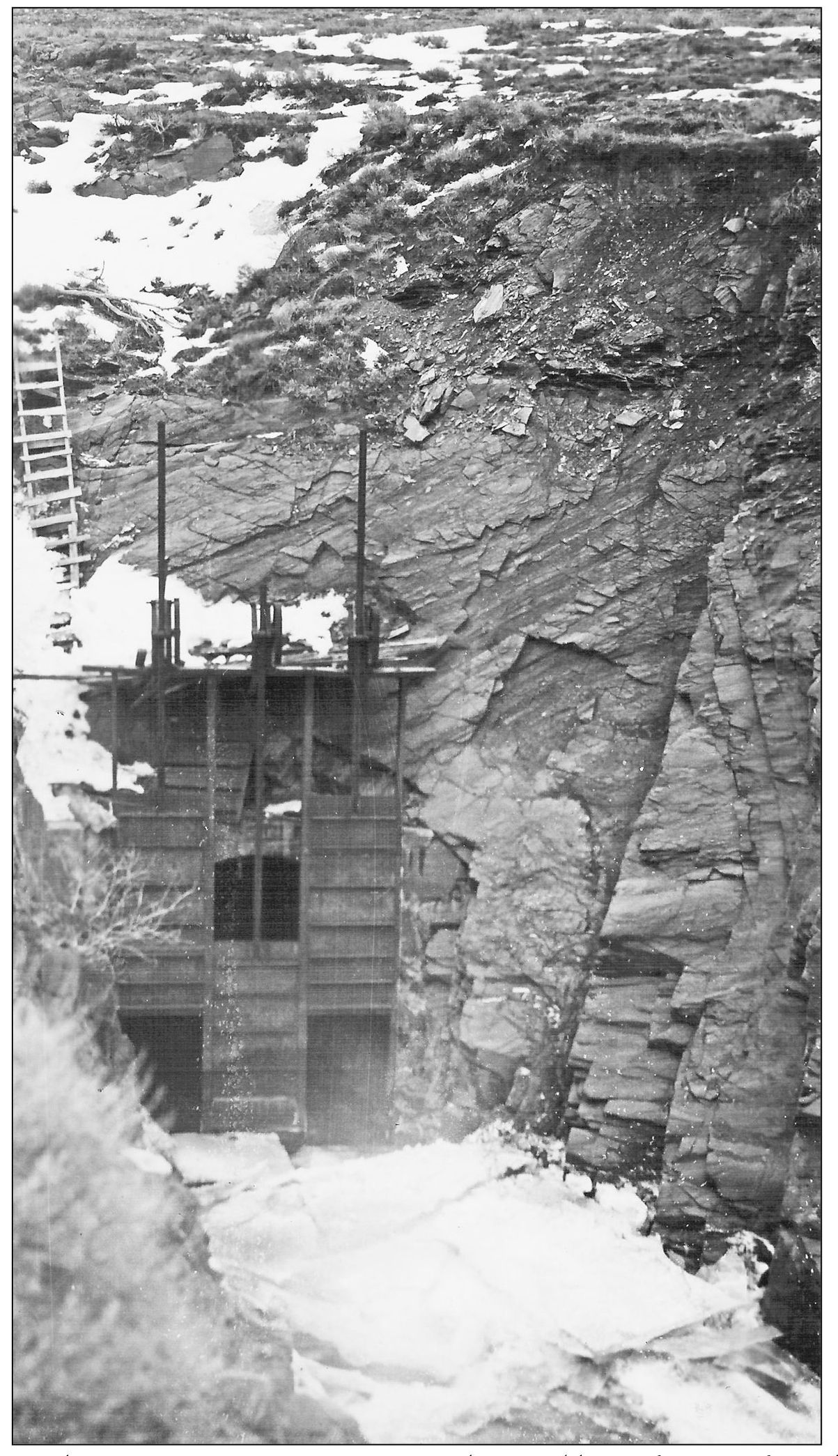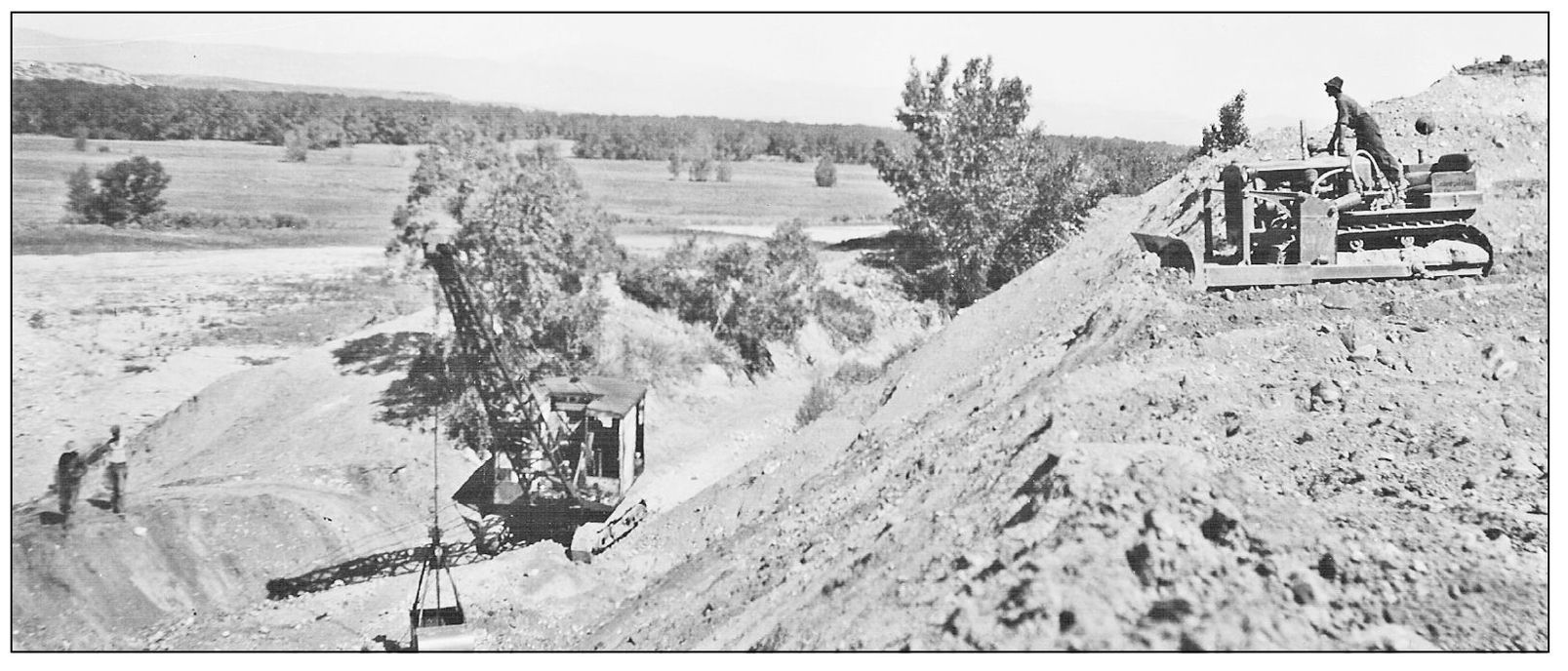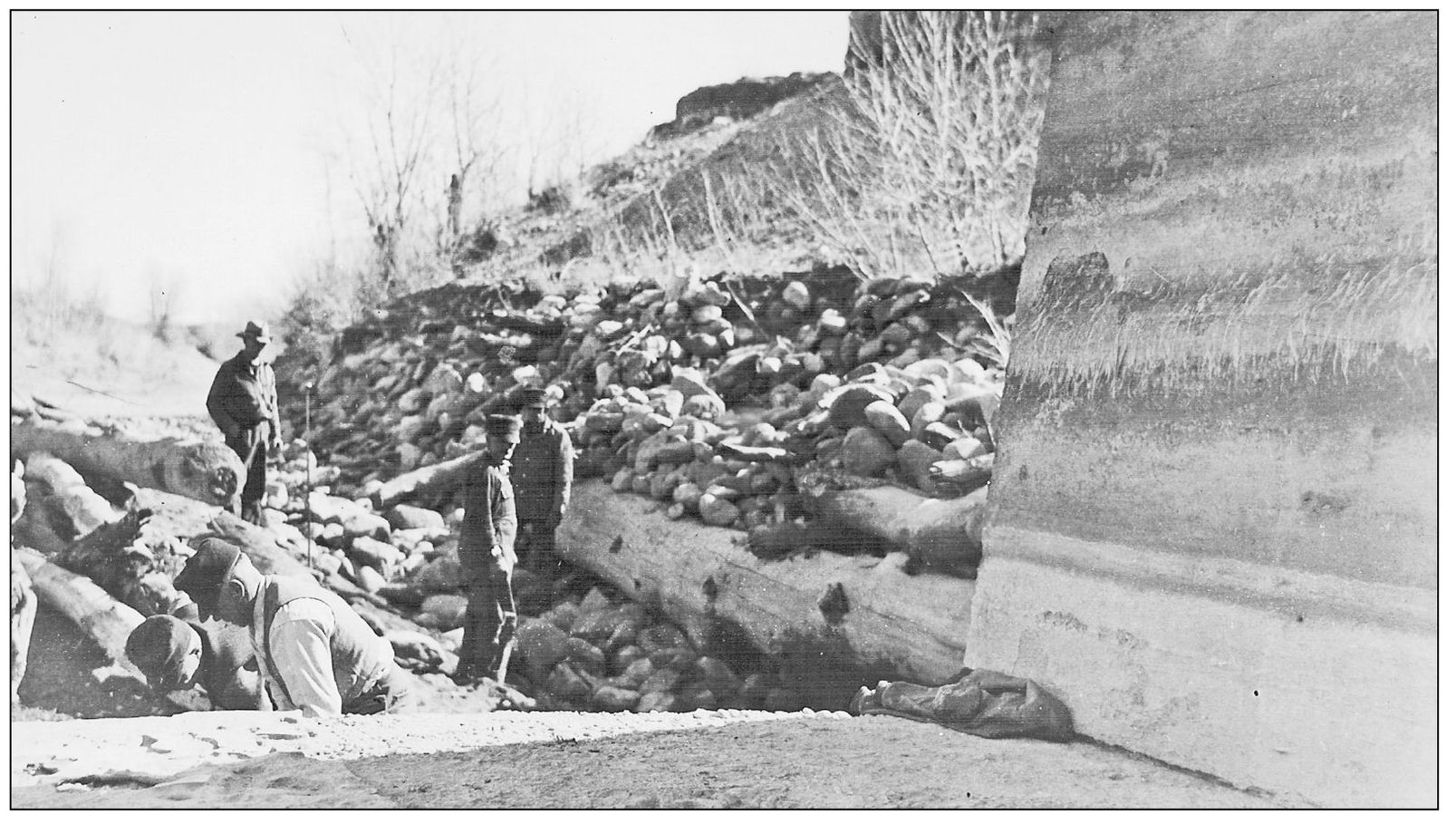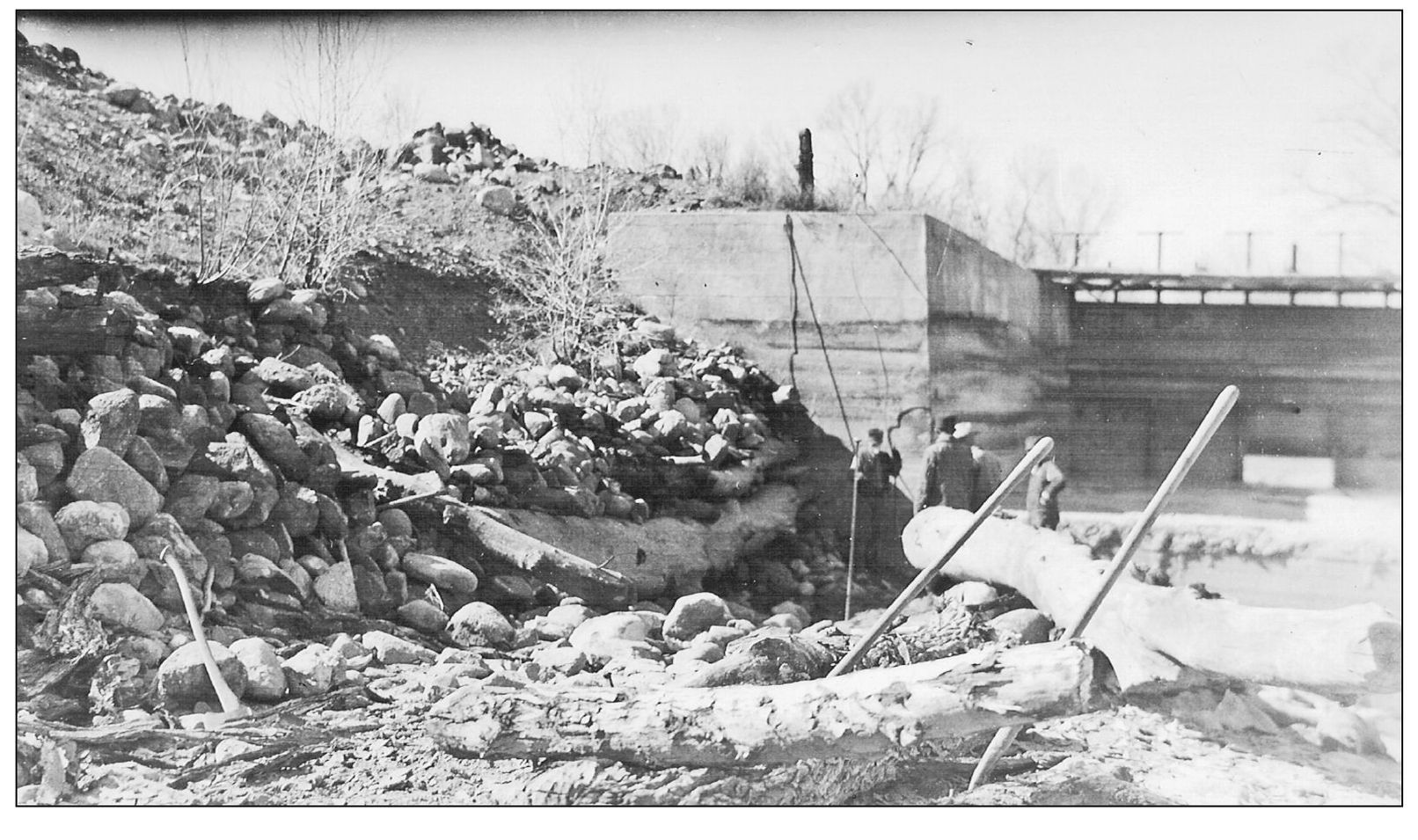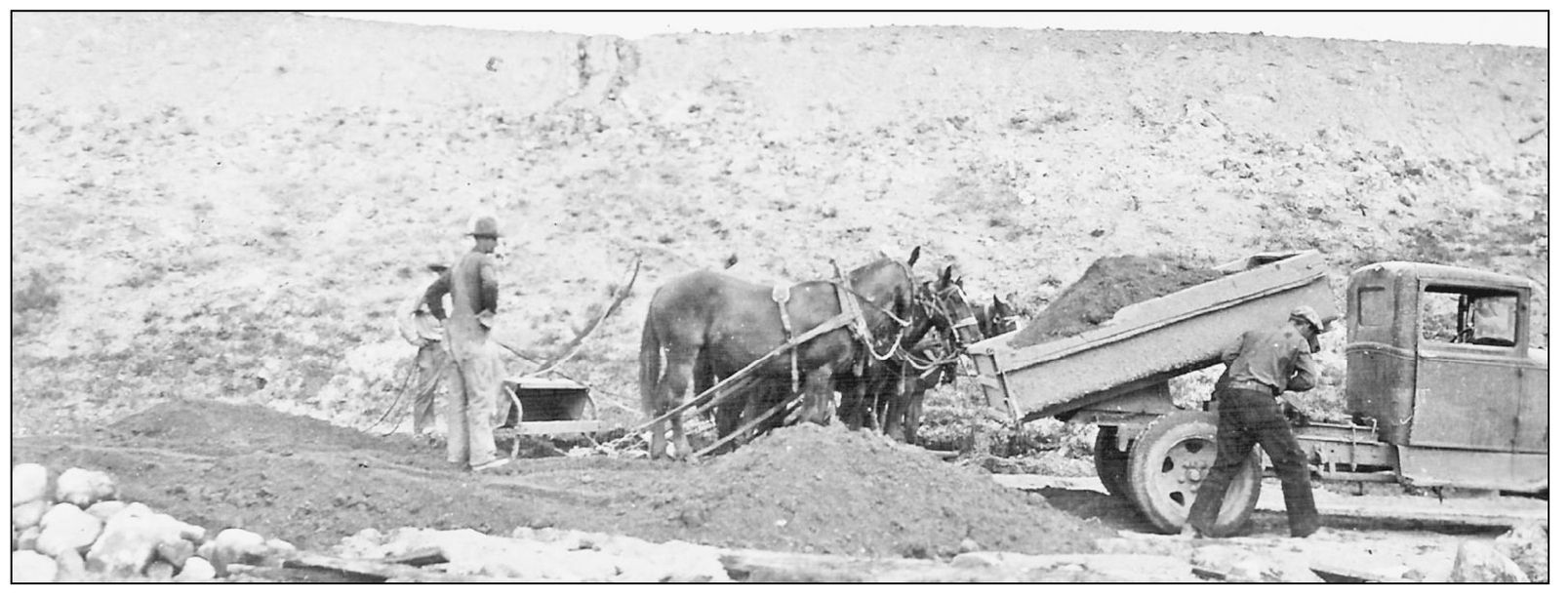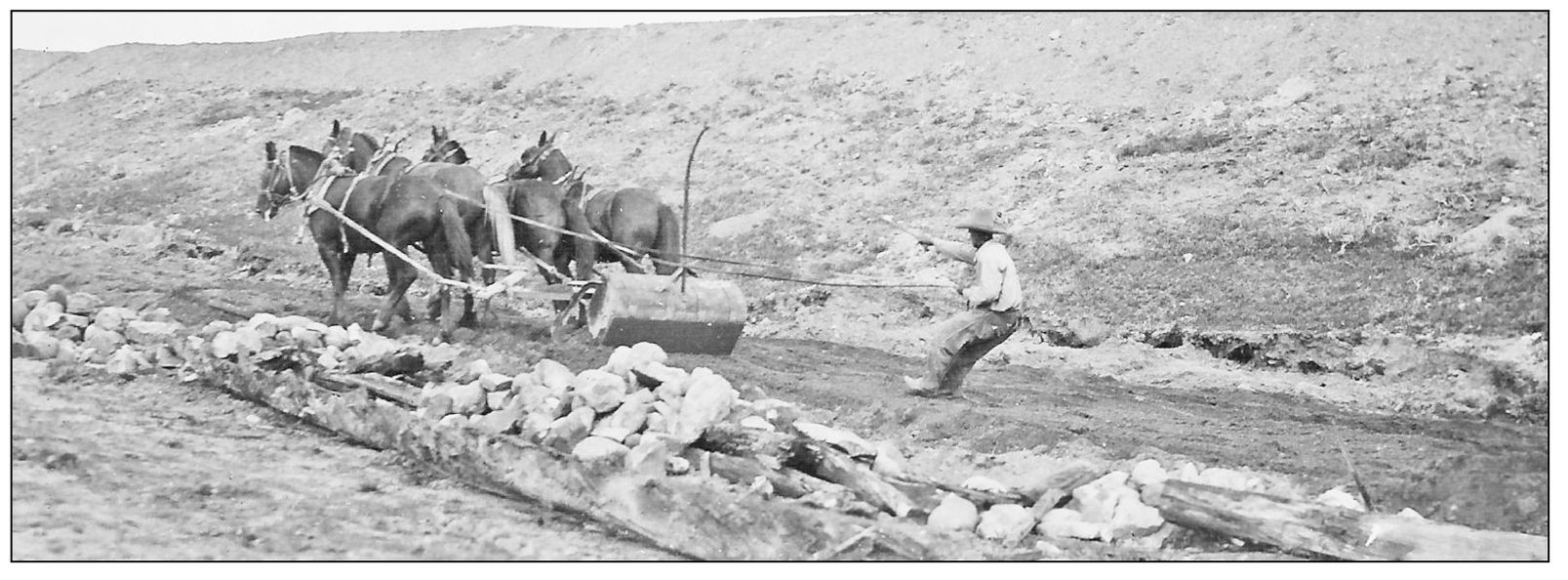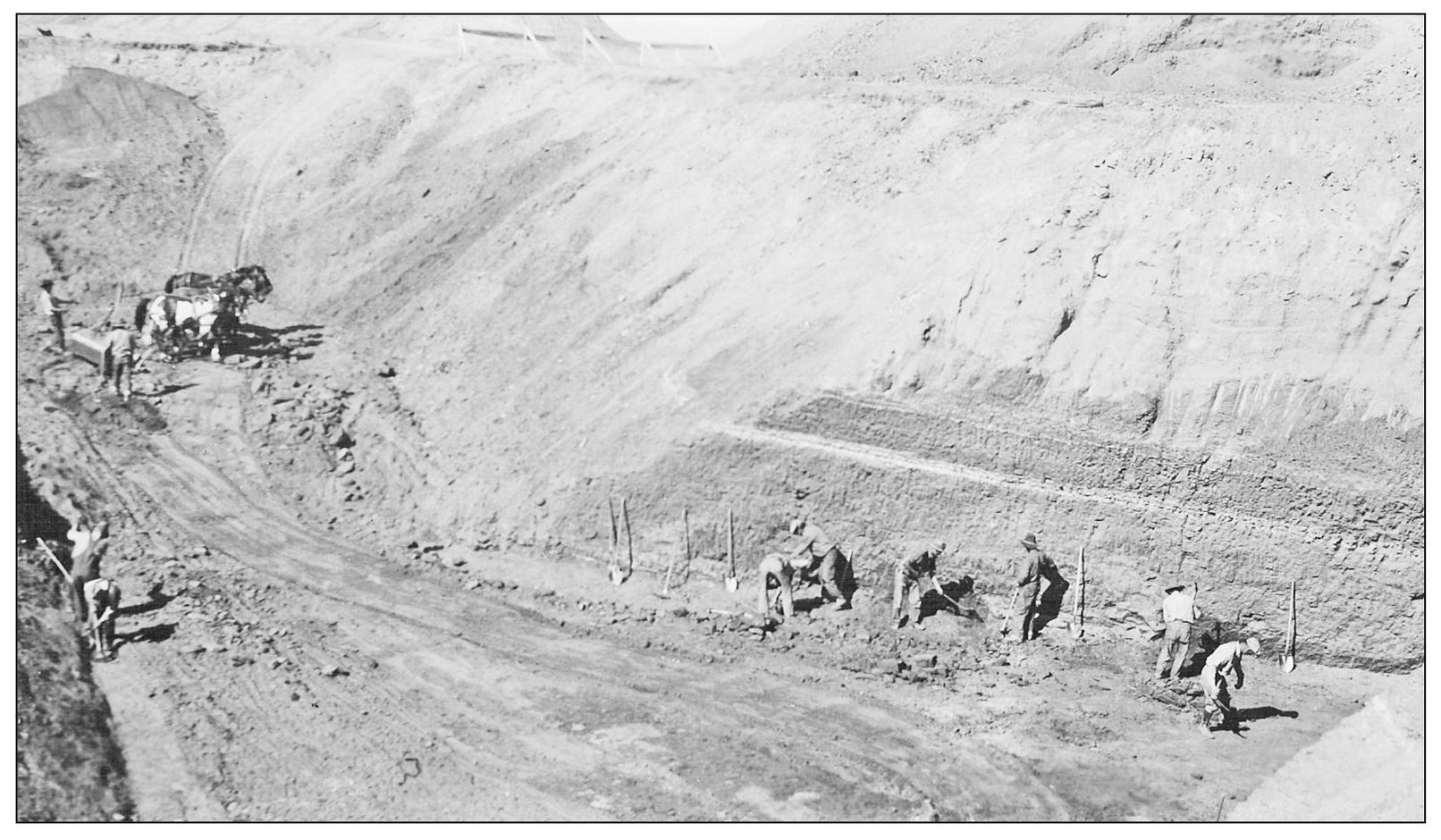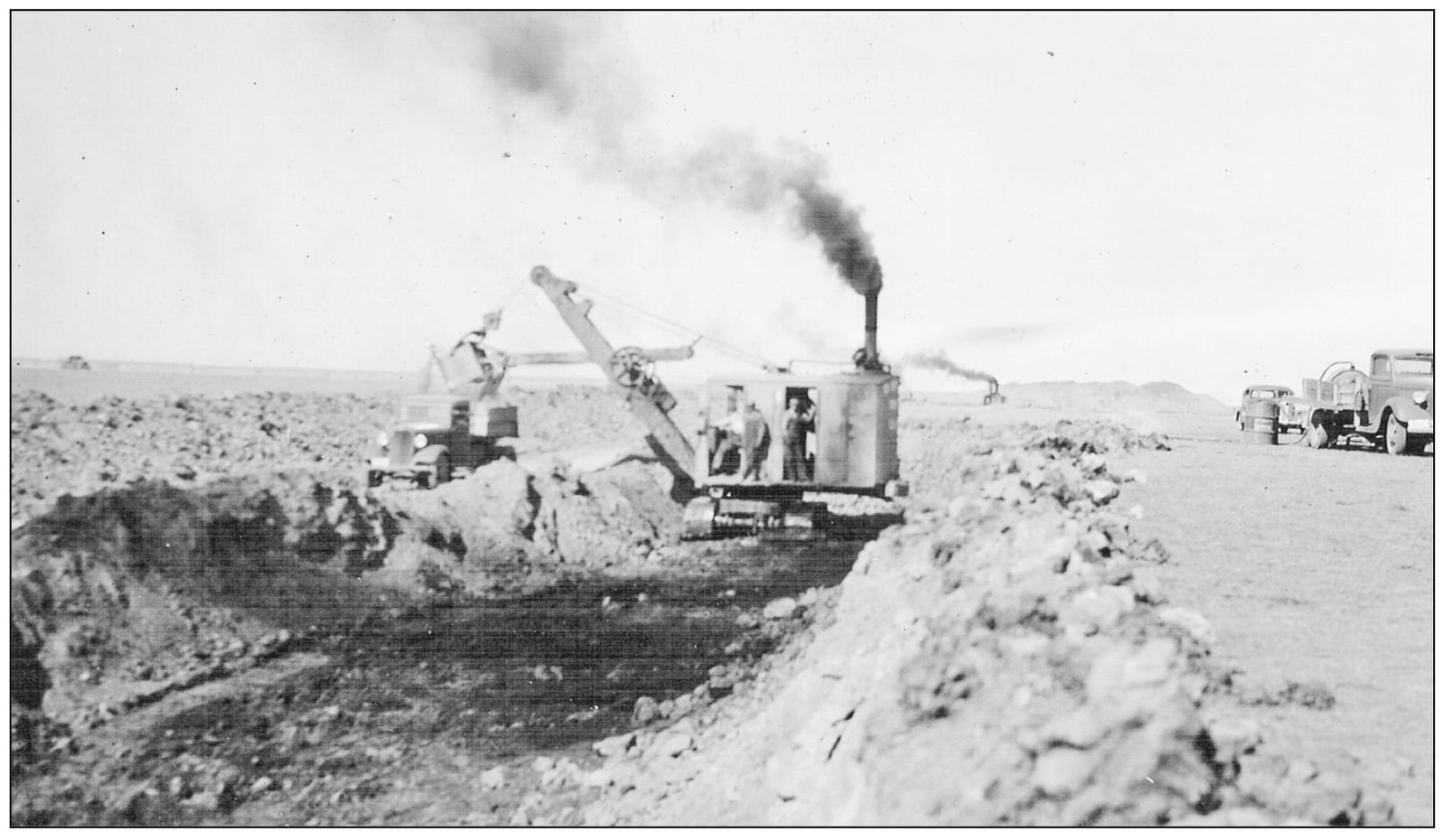ACKNOWLEDGMENTS
Many people provided support for this book, and it could not have been completed without their help. Members of the Platte County Historical Society, the Chugwater Historical Unity Group, Slater Womens Club, and the Laramie Peak Museum contributed generously. It is impossible to include the photographs and history of many deserving families who were Platte County pioneers. Important resources for my work are the stories published in the 1981 book Platte County Heritage . I am grateful to the staff at the Platte County Library, especially Ruth Vaughn, Libby Mickelsen, and Lee Miller. A special thank you goes to Donald Britton at the Wheatland Irrigation District and the staff of the Wheatland Rural Electric Association. My appreciation goes to Milo Dawson of the Wyoming National Guard Museum and to the staff of the Wyoming State Archives, Department of Parks and Cultural Resources, especially to Suzi Taylor, reference archivist, and Robin Everett, receptionist.
So many individuals provided photographs and information it would be difficult to list them all, but special thanks go to Darrell and Marian Offe of Hartville; Betty Amick and Janette Chambers of Glendo; Rick Robbins, Jerry Orr, Elvira Call, Neil Kafka, Linda Fabian, and Fred and Mickey McGuire of Wheatland; and Lindy Schroeder and John Voight of Chugwater. I also wish to thank my editor at Arcadia Publishing, Kelly Reed, for her support and guidance, and my husband, Beauford Thompson, for his encouragement.
BIBLIOGRAPHY
Hodgson, Donald. Chugwater, a Centennial History . Cheyenne, WY: Wyoming State Historical Preservation Office, 1986.
Larson, T. A. History of Wyoming . Lincoln, NE: University of Nebraska Press, 1978.
Moulton, Candy. Roadside History of Wyoming . Missoula, MT: Mountain Press Publishing Company, 1995.
Moulton, Candy Vyvey, and Flossie Moulton. Steamboat: Legendary Bucking Horse . Glendo, WY: High Plains Press, 1992.
Platte County Extension Homemakers Council. Platte County Heritage . Wheatland, WY: Platte County Extension Homemakers Council, 1981.
Trenholm, Virginia Cole. Footprints on the Frontier . Douglas, WY: Douglas Enterprise, 1945.
Woods, Lawrence M. Alex Swan and the Swan Companies . Norman, OK: Arthur H. Clark Company, 2006.
Find more books like this at
www.imagesofamerica.com
Search for your hometown history, your old
stomping grounds, and even your favorite sports team.
One
WATER, LIFEBLOOD OF THE LAND
A caravan of home seekers is traveling along a road parallel to the North Platte River. They are on their way to take up land in the Wheatland Colony in the late 1800s. (Courtesy of the J. E. Stimson Collection, Wyoming State Archives, Department of State Parks and Cultural Resources.)
Work was started in 1883 on an irrigation project that would transfer water from the Laramie River through a series of canals and deliver it to the Wheatland area. This project allowed farmers taking up land near Wheatland to irrigate their farms. This photograph shows water gushing through the inlet gates of the 3,300-foot diversion tunnel that brought water from the Laramie River into Blue Grass Creek. The water then flowed into Sybille Creek and through a series of canals that carried it into the Wheatland community. The tunnel was drilled through solid rock and was completed in 1886. (Courtesy of the Wheatland Irrigation District.)
Canals No. One and No. Two were begun in 1886. Canal No. One was 34 miles long, and Canal No. Two was 10 miles long. Teams of men and horses were used in the early construction phase of the irrigation project. Improvements were made to the canals over a period of years. Though many hardships were encountered during the years of construction, the project was not abandoned, and work continued to bring water to the farmlands around Wheatland. (Both, courtesy of the Wheatland Irrigation District.)
A large cement structure was put in at the beginning of Canal No. One. Heavy steel gates were installed to hold the water back until needed. This enabled the irrigation company to control the flow of water through the canal. (Both, courtesy of the Wheatland Irrigation District.)
As the farms in the Wheatland Colony increased in number, the need for additional irrigation water in the months of July, August, and September was established. Canal No. Three was constructed to divert water to storage reservoirs. The canal was constructed with the help of both horse and machine power. (Both, courtesy of the Wheatland Irrigation District.)

The photograph above shows a man driving a team of horses to clear the land for Canal No. Three. The photograph below shows men working on the canal with shovels. A large contingent of men was needed to complete the construction on the canals and reservoirs. The workers were a wild and motley crew of laborers in the grading and construction camps, according to accounts of the day. One of the first settlers who established a farm in the irrigation district was Caldwell Morrison, whose wife, Esther, was hired to cook for the construction crew. It was reported that Esther baked as many as 70 loaves of bread a day for the workmen. (Both, courtesy of the Wheatland Irrigation District.)

